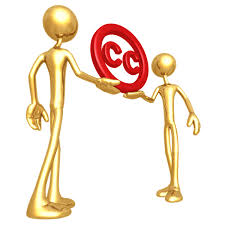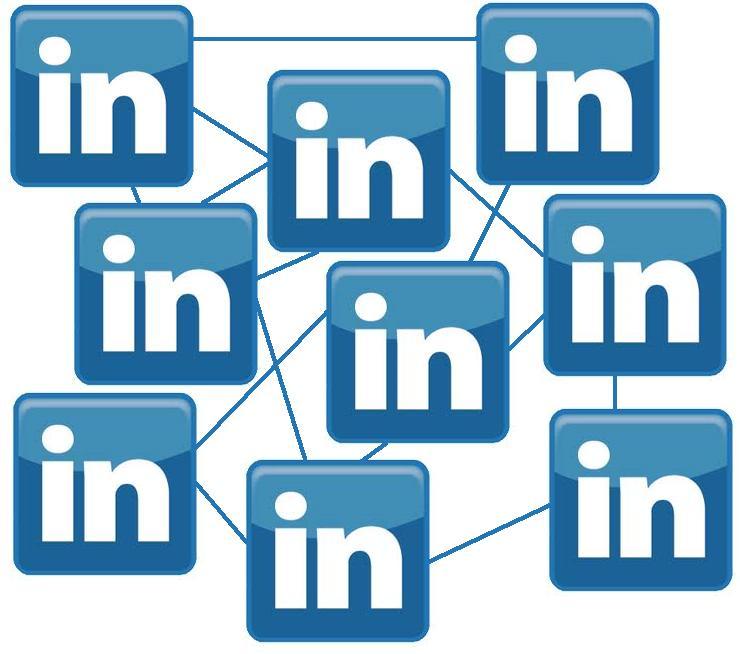We use images so much in our online work. People are so visual now and we are catering to our customer base. The problem is, when sorting through graphics for online use and marketing, we get into some gray area. Those of us who are digging up multiple photos every day for blog posts, funny Facebook and Twitter graphics to share, Slideshares, images for websites and presentations, etc. need to be careful how we are finding and sharing those images. Believe it or not, it’s not just a free for all out there.
Google images is an awesome tool to find a huge variety of images, cartoons, and graphics. Just because they are on Google images doesn’t mean they are necessarily up for grabs. That doesn’t mean you can’t use Google as your search tool for images any more. You just have to go about it the right way. Go to Google images and click on Search Tools, then click on Usage Rights and select the option that best fits your needs.
Now, remember that we are living in a very social media centered world. Just because you have to be aware of copyright laws when you are creating content, doesn’t mean that you can’t share or retweet posts that others have shared using images. But copying and pasting that post to your pages without the trail to that source is a no-no.
There are multiple ways for an image’s owner or creator to see where their images are being used. Sites like Tineye.com will provide a reverse image search. Be sure that you’re not going to be caught in a sticky situation. It’s not enough to simply link to the artist or mention where the image came from. The problem is that it is the image’s creator that gets to decide what to do with their content. You would have to contact that creator and get permission and/or buy the image in order to use it.
Peg Fitzpatrick posted this quote from attorney Sara Hawkins:
“Taking another person’s image or graphic and giving them a “shout out,” linkback, or any other type of attribution does not negate copyright infringement. Common sense may say that an artist wants exposure for their work, but we’re talking about the law here and common sense doesn’t always parallel. Copyright law gives the copyright holder the right to decide where their work is published and maybe they don’t want their work on your site, in your book, included in your newsletter or distributed to your social media network. It’s not for us to question why they wouldn’t want exposure.”
So, what’s an image loving individual to do? Find content that has a Creative Commons License. What? This is content that you can free and legally use. It’s been vetted for you; it’s safe. Here are several places to find those free images:
Creative Commons
All-Free-Download
IClipArt
Google Images (see above instructions for finding free images)
Here are a couple sites that offer images for purchase:
No matter what the purpose of your use, be sure that you are using free images that truly are free. I’ll be back in a few weeks with more information on Creative Commons Licensing and what exactly it is all about. If you have any questions or comments, feel free to post them below.
For more information on free photo sharing –here is a really great article from Traffic Generation Café.





